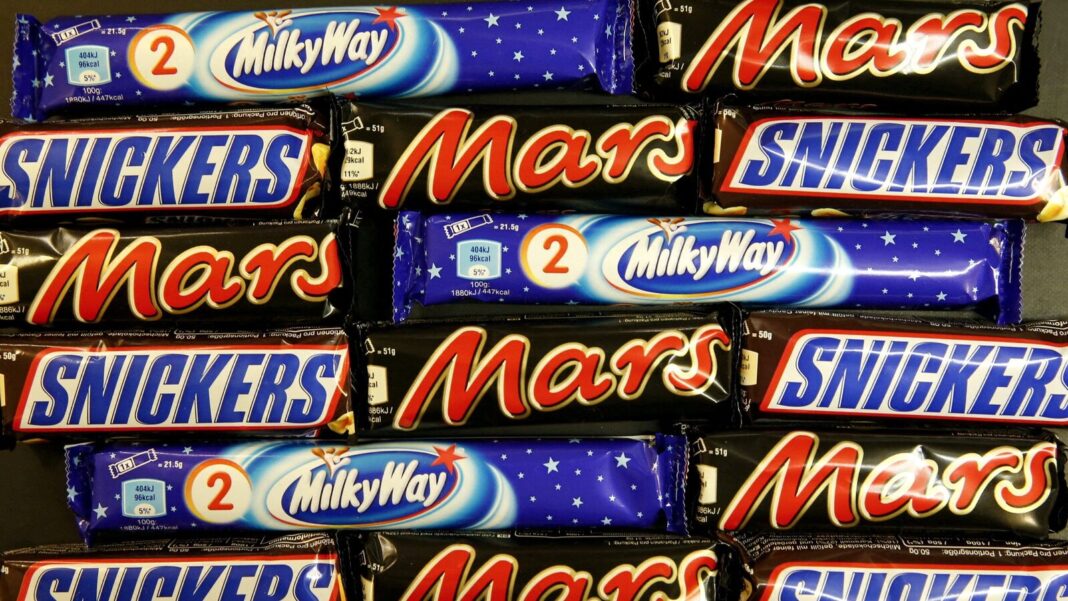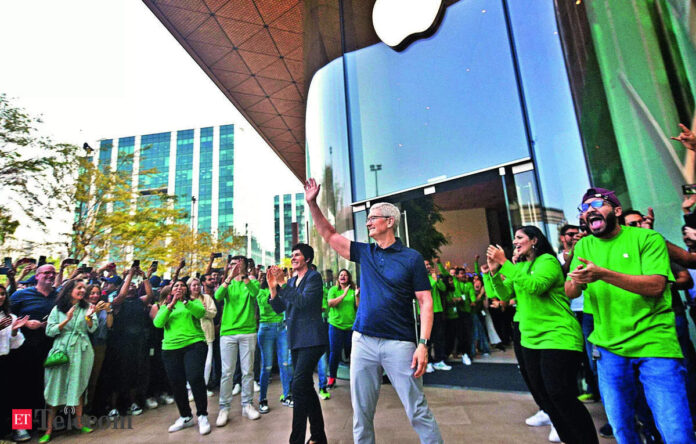In Short:
The packaged food and soft drink industry is a booming business, valued at about $1 trillion, with steady sales growth despite health concerns. However, rising obesity rates and increasing popularity of weight-loss drugs like Wegovy may shift consumer habits. Companies are adapting by offering healthier options, but potential regulatory changes regarding ultra-processed foods could pose significant challenges to their profits.
The Changing Landscape of the Food Industry
Satisfying our appetites is big business! The **West’s** top ten packaged-food and soft-drink giants boast a staggering combined market capitalisation of around **$1 trillion**. These companies enjoyed a hearty average operating margin of **17%** last year, while grocery stores typically scrape by with only **2-4%**. Even with recent inflation affecting prices, consumers are still drawn to the affordable calories these brands provide. In fact, last year, their sales rose by an average of **5%**, with demand surging particularly in developing regions. Notably, **Coca-Cola** reports that about half of its revenue now comes from outside the Western markets. According to **HSBC**, global food demand is projected to skyrocket by over **40%** between now and **2040**.
Challenges on the Horizon
Despite the robust growth, the industry is not without its challenges. Both shoppers and policymakers have long raised concerns about the impact of these products on consumer health. A shift may be on the horizon, as cheaper and more convenient weight-loss medications are gaining traction. Compounding this issue, recent studies suggest that it’s not just sugar, fat, and salt that affect health negatively, but also the intensive processing required to produce our beloved snacks. This could lead to significant changes in what we eat and how the industry operates.
The Evolution of Food Production
The foundations of today’s food industry can be traced back to groundbreaking innovations from the **19th century**, like **pasteurisation** and **canning**, which revolutionised food safety and convenience. Picture this: a simple bag of chips today undergoes a fast-paced assembly line process, where potatoes are expertly sliced, fried, seasoned, and sealed in nitrogen-injected bags to maintain freshness—all within just **30 minutes**!
The Caloric Conundrum
However, these tasty offerings have contributed to an alarming rise in obesity rates over the years. According to the **UN Food and Agriculture Organisation**, average daily calorie consumption in wealthy nations has soared by **20%** since the 1960s, hitting around **3,500 calories**, far exceeding necessary intake levels. By the end of this decade, projections indicate that nearly half of the global population could be classified as obese or overweight.
A New Hope: Weight-Loss Medications
For consumers struggling to modify their diets, hope may come in the form of new blockbuster weight-loss medications like **Wegovy** from **Novo Nordisk** and **Zepbound** from **Eli Lilly**. While the cost and the need for weekly injections limit current access to these medications, a shift is anticipated as competition heats up, potentially introducing more affordable pill options.
Those using these medications report a decreased craving for high-calorie foods. Research firm **Grocery Doppio** indicates users lower their grocery shopping budgets by an average of **11%**, with snack and confectionery spending dropping by over **50%**. Investment bank **Morgan Stanley** estimates that by **2035**, **7-9%** of Americans might be on weight-loss drugs, causing a dip in demand for products like cereal (down **3%**) and ice cream (down **5%**).
Adaptation in the Food Industry
Not one to be caught off guard, the food industry has historically been adept at adapting. **Coca-Cola**, for example, launched **Diet Coke** back in **1982** and has since introduced a range of sugar-free options. Many companies now offer lower sugar, fat, or salt products. A study by **Mintel**, a market-research firm, reveals that the number of health-conscious snack launches increased by **2%** between **2015 and 2020**, while traditional snacks saw a **1%** decline. Firms like **Mondelez**, a major American snack player, are also now producing smaller portion sizes.
Nestlé’s Forward-Thinking Strategy
Several food companies view the rise of weight-loss drugs as a potential opportunity. For instance, **Nestlé**, the world’s largest food company, recently announced a new frozen food line called **Vital Pursuit**, specifically designed for those on weight-loss medications, ensuring they still receive essential nutrients despite consuming fewer calories. **Mark Schneider**, Nestlé’s CEO, states that the company is already gearing up for a future focused on “lower-calorie, higher-nutrient” foods. Last year, Nestlé set a goal to increase its sales of “more nutritious” products by **50%** by the decade’s end. Other packaged food giants like **Conagra** and **General Mills** are also rolling out products aimed at weight-loss medication users.
The Impending Challenge of Processing
While new players may emerge, established brands are well-positioned to meet consumer demand for nutritious, low-calorie choices. **Mark Schneider** points out that it typically takes just **six to nine months** to develop and launch new products, aided by their solid relationships with retailers that make shelf placement seamless. They also have enormous marketing budgets to capture consumer attention.
However, the growing scrutiny of ultra-processed foods (UPFs) presents a significant challenge. Research led by **Carlos Monteiro** has classified foods into categories based on their level of processing; UPFs, which encompass items like breakfast cereals, frozen pizzas, and sodas, now make up about **half of the calorie intake** in **America**, **Britain**, and **Canada**. Numerous studies link excessive UPF consumption to weight gain and various health complications.
Policy Changes and Industry Response
Though some debate the health implications of these ultra-processed items, policymakers are taking action. In **November**, **Colombia** introduced a tax on certain UPFs. Dietary guidelines from nations like **Belgium**, **Brazil**, and **Canada** recommend minimizing UPF consumption, while Monteiro advocates for clear health warnings on UPFs akin to cigarette packaging.
So far, the industry’s response to UPFs has ranged from disbelief to cautious observation. **Ramon Laguarta**, CEO of **PepsiCo**, has expressed skepticism about the definition of UPFs, while Schneider maintains that **Nestlé** is closely monitoring the conversation. The reality is, if government pressures mount, companies may find themselves reshaping their manufacturing processes drastically. Removing additives could mean increased production costs and a shorter shelf life, both of which could threaten profitability. Thus far, the food industry has thrived despite ongoing health concerns, but the challenge posed by UPFs may be its most formidable yet.
© 2024, The Economist Newspaper Limited. All rights reserved. From The Economist, published under licence. The original content can be found on www.economist.com





